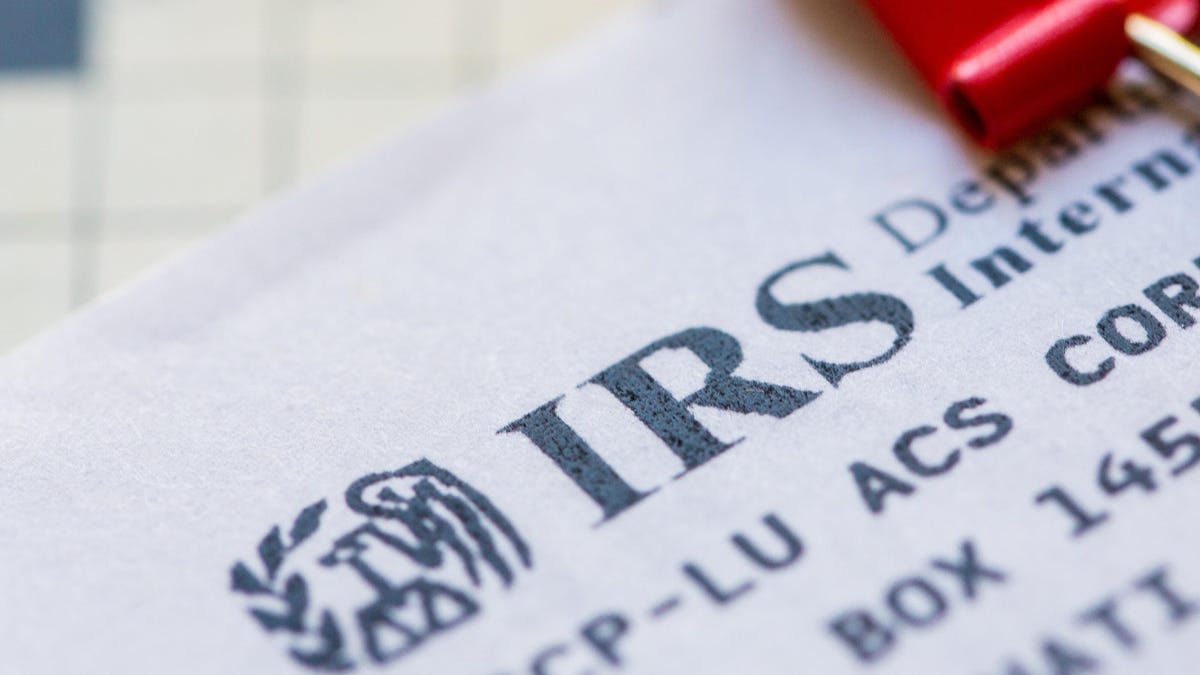
If there's a change in your filing status or credits, you'll want to notify the IRS.


Clifford is a managing editor at CNET, where he leads How-To coverage. He spent a handful of years at Peachpit Press, editing books on everything from the first iPhone to Python. He also worked at a handful of now-dead computer magazines, including MacWEEK and MacUser. Unrelated, he roots for the Oakland A's.
Expertise Tech from browser security to password managers and government programs from mail-in voting to federal assistance


Managing Editor Alison DeNisco Rayome joined CNET in 2019, and is a member of the Home team. She is a co-lead of the CNET Tips and We Do the Math series, and manages the Home Tips series, testing out new hacks for cooking, cleaning and tinkering with all of the gadgets and appliances in your house. Alison was previously an editor at TechRepublic.

Each tax season, you file your return with the IRS and, if you're expecting a refund, you wait for your money. But if you missed adding something to your tax return, say, or changed your filing status, you may want to file an amended income tax return to notify the IRS of the change.
The IRS said it may correct certain errors on a return and it may accept returns if you forget to include certain required forms or schedules. But if there's a change in your filing status, income, deductions, credits, or tax liability, you'll want to send in an amended return.
An amended tax form -- formally called Form 1040-X, Amended US Individual Income Tax Return -- is used to correct tax forms 1040, 1040-A, 1040-EZ, 1040-NR or 1040-NR EZ. You would file an amended return to correct any errors in your return.
For example, if there's a change in your filing status, income, deductions, credits or tax liability, you might want to file an amended form.
If you owe the IRS additional taxes and the due date for filing the return has not passed, you can avoid paying the IRS penalties and interest if you file Form 1040-X and pay the extra amount.. An example could be if you forgot to claim income (like from Form W-2 or 1099), or you got a corrected information statement with different income or withholding amounts.
Generally, to claim a refund, you have to file Form 1040-X within three years after the date you filed your original return, or within two years of the date you paid the tax -- whichever is later, according to the IRS. There are special rules, however, for refund claims related to net operating losses, foreign tax credits, bad debts and other issues.
You can submit Form 1040-X electronically using most tax software options on the market. Or you can submit a paper version. Find a full list of instructions from the IRS here. And note that if you make a change to your federal tax return, you may also need to change your state return, too.
It depends. Some tax preparation software will let you amend your return for free, but some have charges. Make sure you read the fine print before you get started. If you use the IRS paperwork, you should only need to pay to print the form and for postage.
How will the IRS process your amended return?
You can track the status of your Form 1040-X for this year and up to three years prior using the IRS's online tool, or by calling the IRS at 866-464-2050 (though the IRS advises you not to call). To track it, you'll need to enter your Social Security number, date of birth and ZIP or postal code. However, note that it will take up to three weeks after you mail it to show up in the system, and processing can take up to 16 weeks.